As of WebLogic 12.1.3 the implementation of unicast groups used for WebLogic clusters has changed.
What is new?
- There is a fixed maximum number of groups which is 10.
- Groups can be asymmetric.
- Servers are put into groups based on the hash value of their name (which obviously explains 2).
The group leader in a particular group might change if new servers are added but with dynamic clusters and generated cluster names this is rather unlikely.
Why?
The implementation has changed to make it more robust. The official Oracle documentation was initially wrong, but has been updated now.
Example
When creating a classic cluster with servers surf1, surf2, surf3 or servers abc, jkl, xyz, every server ends up in its own unicast group, the total number of groups is the same as the number of servers.
When creating a dynamic cluster with let’s say 15 servers, server server-1 and server-11, server-2 and server-12, etc. are grouped together into one group.
More?
It is not yet officially documented. Currently the official Oracle documentation still describes the old implementation. I described the new implementation in my Oracle Open World presentation together with Dave Cabelus.
Also there is a short web cast available here:
12 Things about WebLlogic 12.1.3
While you’re at it, make sure to download my Oracle Open World 2014 presentation slides for more ideas of what is new and newsworthy in WebLogic 12.1.3.
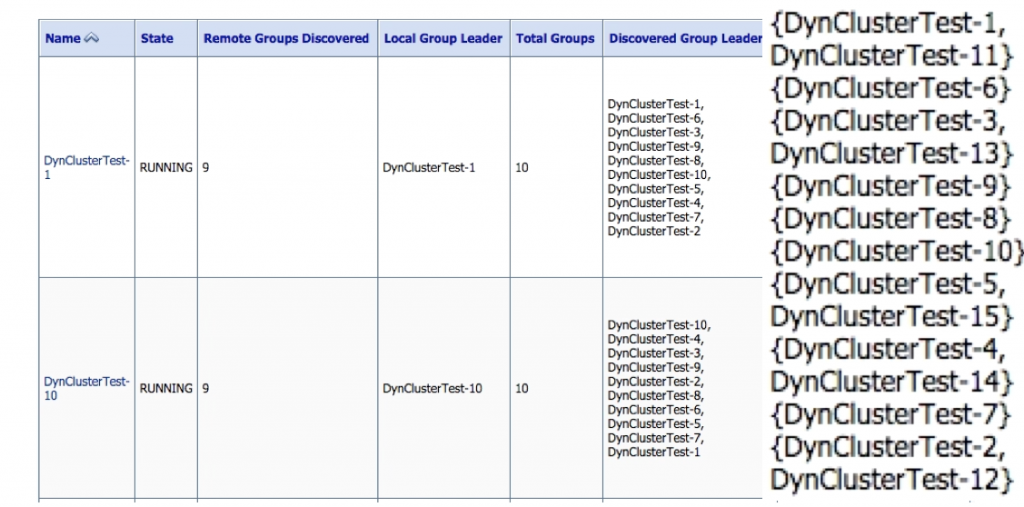

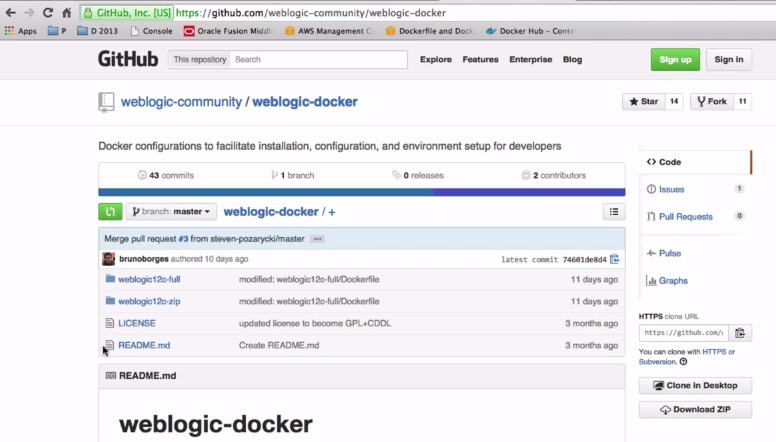
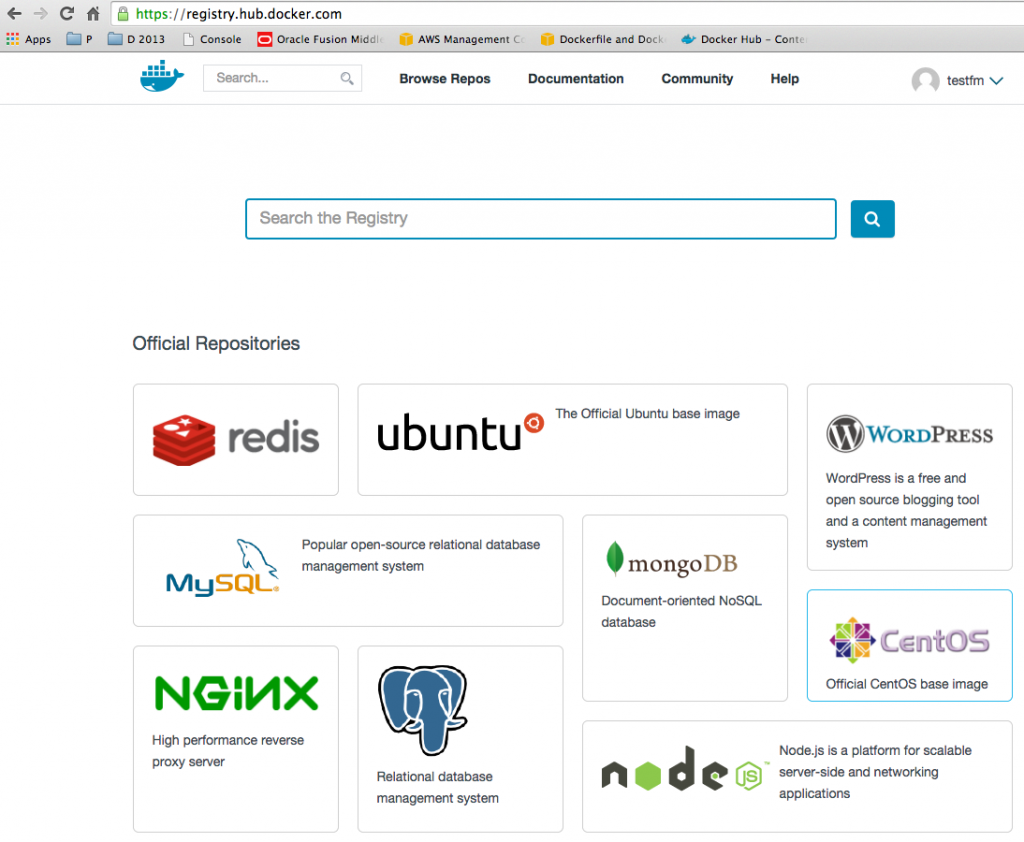
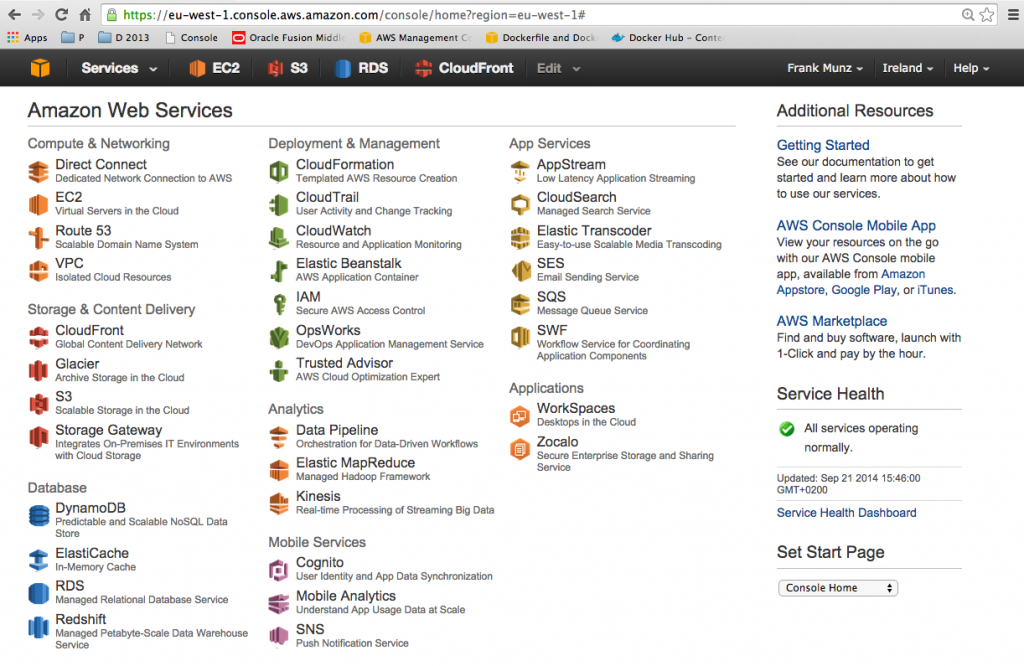
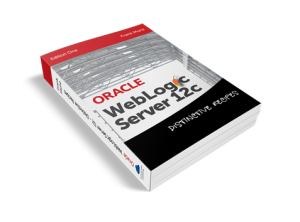

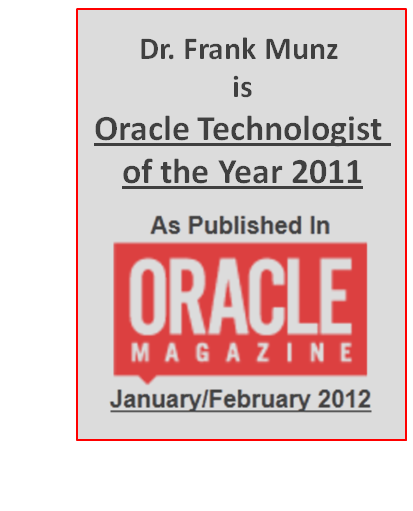
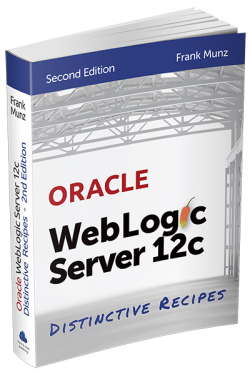 Oracle WebLogic Server 12c Book
Oracle WebLogic Server 12c Book Oracle Middleware and Cloud Computing Book
Oracle Middleware and Cloud Computing Book